The 1980s were a time of big hair, neon colors, and iconic movies that shaped pop culture, but some of those films haven’t aged as well as others. What was once considered edgy or funny can now feel tone-deaf or outright offensive. Over time, social norms and cultural awareness have shifted, and what was once acceptable in mainstream entertainment doesn’t always fly today.
In this article, we’ll look at 14 classic ’80s movies that might raise some eyebrows if released now. From questionable humor to outdated stereotypes, these films offer a glimpse into a different era of filmmaking, where the boundaries of comedy and sensitivity weren’t quite as clear. While they still hold a nostalgic charm, it’s clear that times have changed—and so have our expectations for what’s considered appropriate in film.
Sixteen Candles
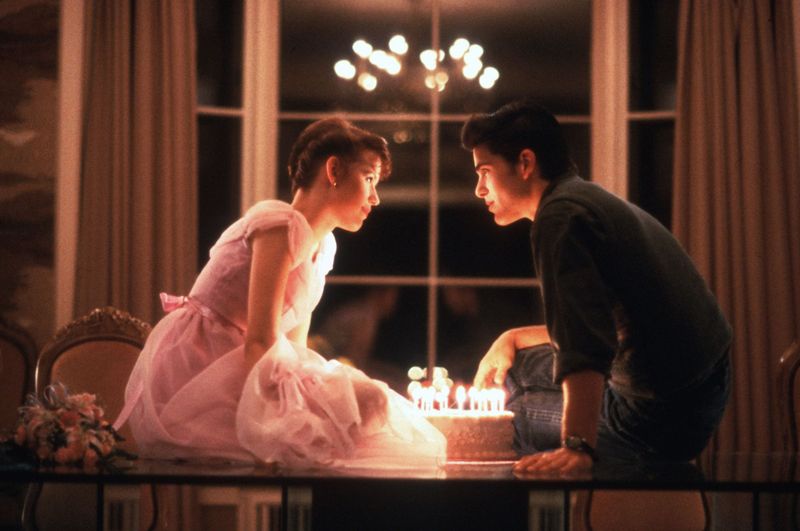
Sixteen Candles is a classic coming-of-age film by John Hughes, loved for its humor and relatable teenage angst. Yet, it features troubling stereotypes and casual racism, particularly through its character Long Duk Dong, who is portrayed as a caricature of Asian culture. This depiction has sparked criticism for perpetuating racial stereotypes. Additionally, the film’s treatment of consent, where a character’s inebriated state is played for laughs, raises ethical concerns. Such elements, while overlooked in the past, make for uncomfortable viewing today.
Revenge of the Nerds
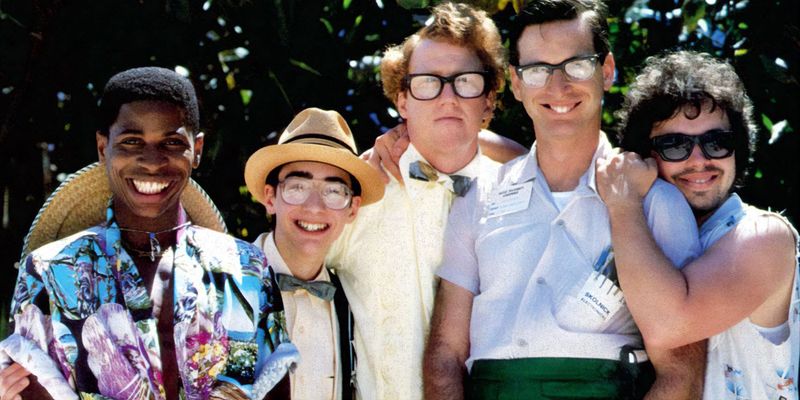
Revenge of the Nerds is celebrated for championing the underdog but is fraught with problematic scenes by today’s standards. The film’s use of voyeurism, where female students are secretly filmed, and the subsequent exploitation of these images, is deeply troubling. Moreover, a scene involving deceptive sexual consent raises significant ethical questions. In an era focused on privacy and consent, such portrayals feel outdated and offensive, prompting discussions on media responsibility.
Soul Man

Soul Man attempts to address racial issues but does so clumsily by having its protagonist don blackface to secure a scholarship. While intending to critique societal biases, it instead perpetuates offensive racial stereotypes. The comedic tone undermines the serious nature of racial identity and privilege. With today’s heightened awareness around cultural appropriation and racism, the film is viewed as an insensitive handling of important themes, reflecting a misstep in addressing racial dynamics in cinema.
The Breakfast Club
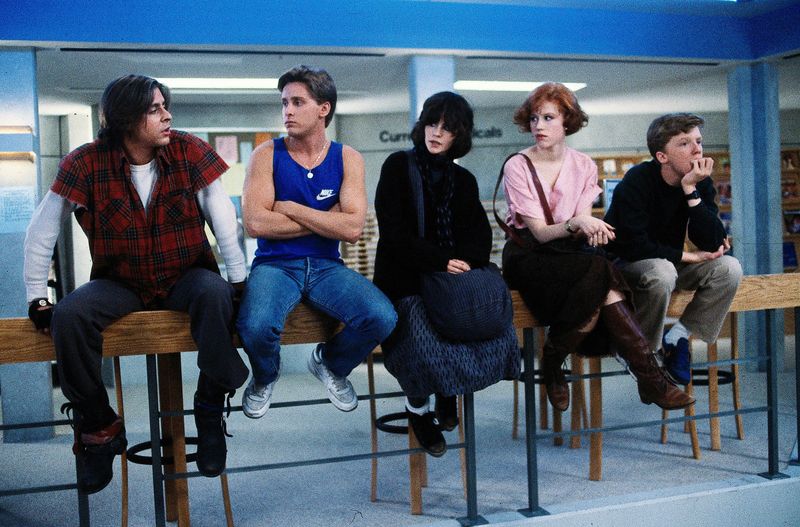
The Breakfast Club remains a beloved teen drama that explores high school cliques and social issues. However, the film’s handling of bullying and sexual harassment, portrayed in a light-hearted manner, is concerning. Bender’s behavior towards Claire, often excused as typical teen antics, includes harassment that crosses lines. Today’s audiences are more sensitive to such issues, recognizing the impact of inappropriate behavior and the need for respectful interactions among peers.
Short Circuit
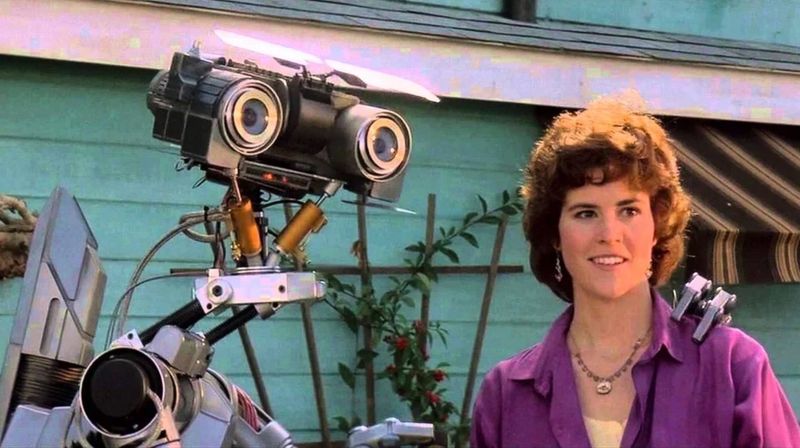
Short Circuit is a sci-fi comedy that features a lovable robot but falls short in its portrayal of cultural sensitivity. The character of Ben Jabituya, played by a non-Indian actor in brownface, perpetuates stereotypes and reinforces cultural inaccuracies. Such casting choices are seen as disrespectful and inappropriate by modern standards, highlighting the importance of authentic representation in media. The film’s legacy is marred by this misstep, reminding audiences of the industry’s ongoing struggle with diversity.
Weird Science
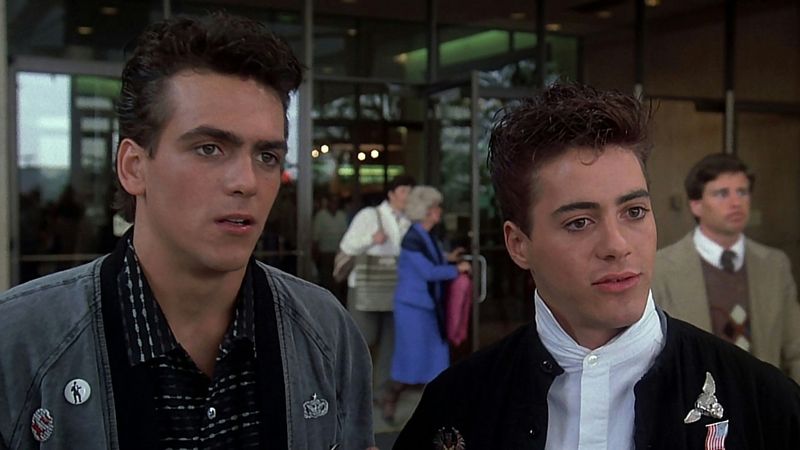
Weird Science delves into themes of teenage fantasy and innovation but stumbles with its portrayal of women. Creating a female character to serve male desires reflects outdated gender norms and objectification. The film’s comedic approach to serious topics like consent and respect raises eyebrows today. While it remains a nostalgic piece, its handling of relationships and gender dynamics feels tone-deaf in a modern context, emphasizing the need for evolving narratives in cinema.
Indiana Jones and the Temple of Doom
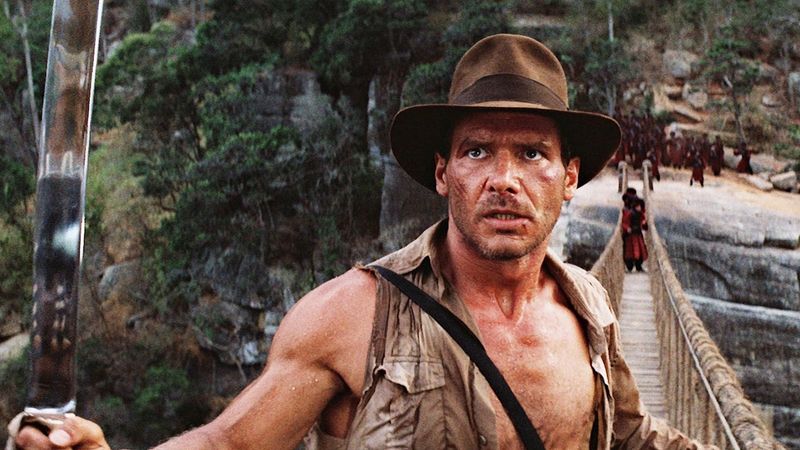
Indiana Jones and the Temple of Doom is a thrilling adventure but draws criticism for its depiction of Indian culture, which is portrayed with inaccuracies and exoticism. The film’s portrayal of indigenous people as primitive and villainous adds to its controversial status. Modern audiences criticize these elements for perpetuating harmful stereotypes and misrepresentations of cultures. This film serves as a reminder of the need for cultural sensitivity and accurate representation in storytelling.
Big Trouble in Little China
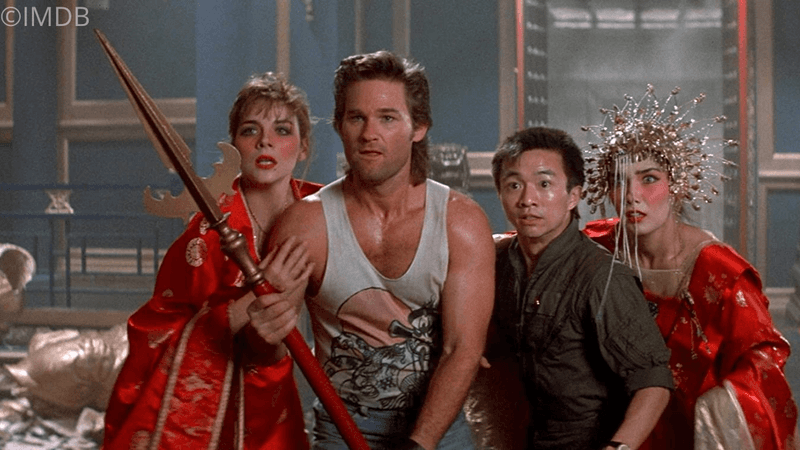
Big Trouble in Little China mixes action with fantasy but grapples with its portrayal of Asian characters and cultures. The film’s use of mystical stereotypes and its depiction of Chinatown as an exotic, mystical place have drawn criticism. While it aims for entertainment, the lack of nuanced representation and reliance on clichés highlight issues of cultural insensitivity. Today’s viewers seek more authentic portrayals, underscoring the need for genuine diversity in film.
Pretty in Pink
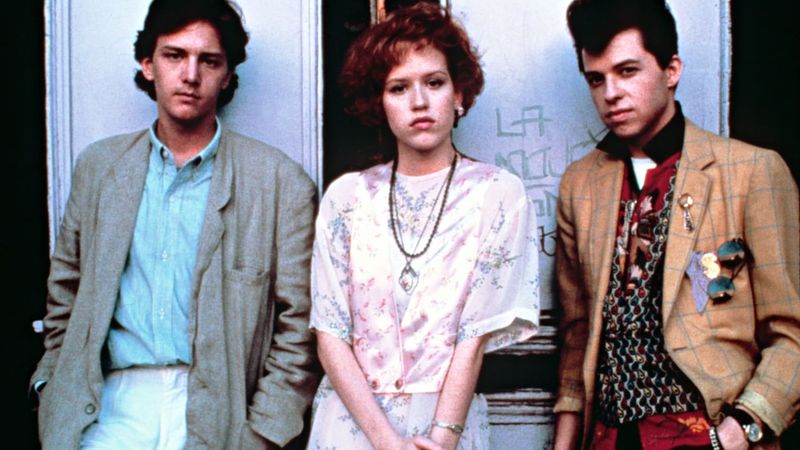
Pretty in Pink is a beloved romantic drama that explores themes of class and teenage romance. However, its portrayal of social hierarchies and relationships comes with problematic elements, particularly in its reinforcement of stereotypes regarding wealth and status. The film’s focus on appearances and materialism, while reflective of its time, can feel shallow and outdated. Modern audiences call for more complex and realistic portrayals of social dynamics beyond surface-level interactions.
The Toy
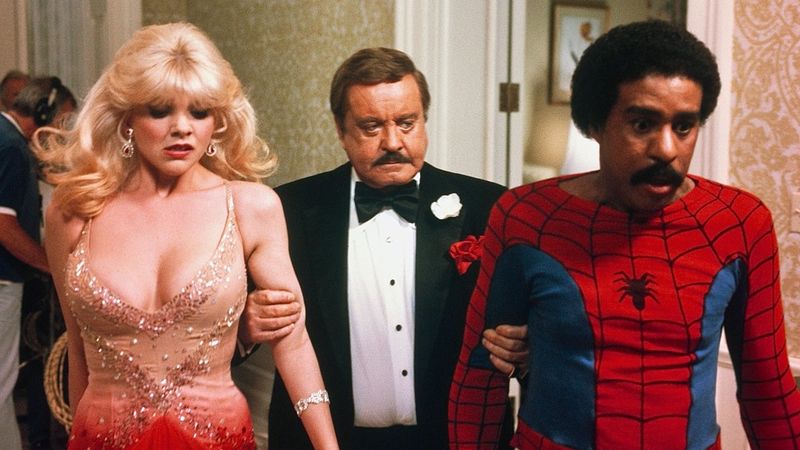
The Toy is intended as a comedy but comes across as tone-deaf with its themes of race and power. The film centers around a black man “bought” as a plaything for a wealthy white boy, a concept cringe-worthy by today’s standards. Its attempt at humor falls flat, overshadowed by the uncomfortable power dynamics and racial insensitivity. In a time where discussions of race and equality are crucial, such portrayals feel misguided and inappropriate.
Police Academy
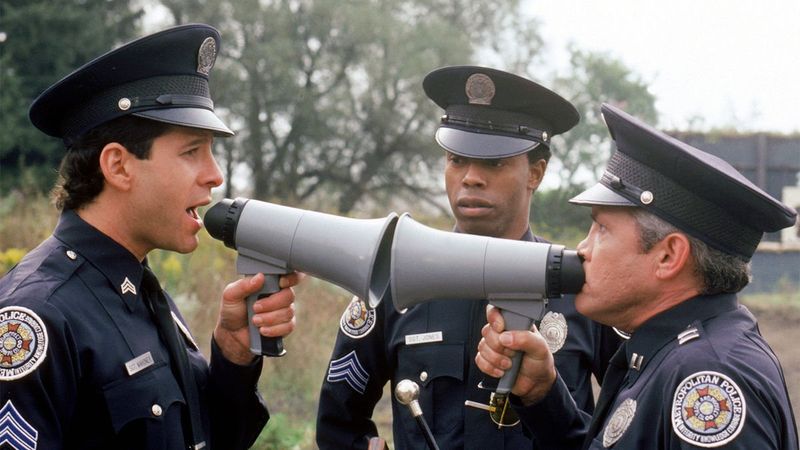
Police Academy is a slapstick comedy that follows a group of misfit cadets. While entertaining, its humor often crosses lines with depictions of homophobia, racism, and sexism. These elements are jarring to contemporary audiences who value inclusivity and respect. The film’s reliance on stereotypes for comedic effect reveals the need for more thoughtful and considerate storytelling. Reflecting societal changes, such portrayals are now recognized as problematic, prompting a reevaluation of comedic norms.
Mannequin
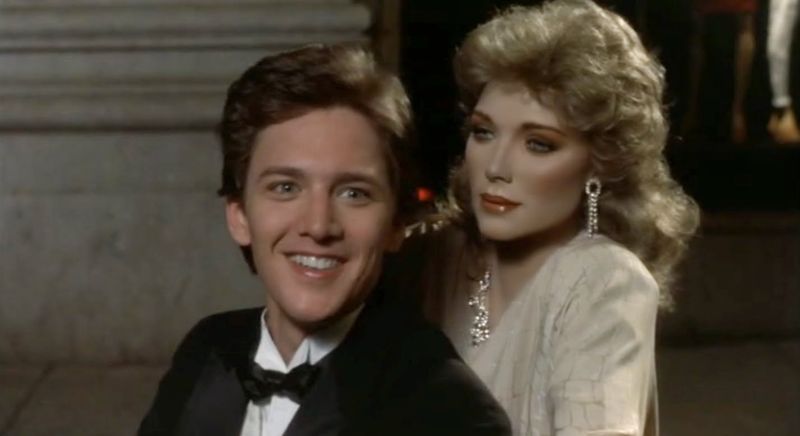
Mannequin is a romantic fantasy that blends whimsy with romance, yet its portrayal of relationships and gender roles feels outdated. The concept of an idealized female form brought to life to fulfill male desires raises issues of objectification and autonomy. While intended as lighthearted, such narratives are scrutinized for reinforcing limited views of gender and relationships. Modern storytelling calls for more empowering and diverse narratives that reflect equality and respect.
Ladyhawke
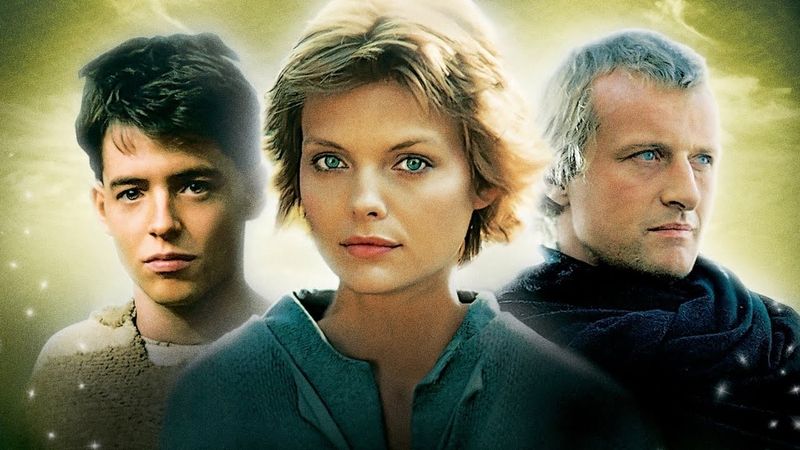
Ladyhawke is a fantasy adventure acclaimed for its storytelling but criticized for its gender dynamics and character development. The film’s portrayal of female characters as passive or secondary can be seen as limiting. While the romance and adventure captivate, the lack of strong, independent female roles highlights a period in film where gender representation was often imbalanced. In contemporary storytelling, audiences seek more empowered and diverse character portrayals, reflecting changes in societal values.
Crocodile Dundee
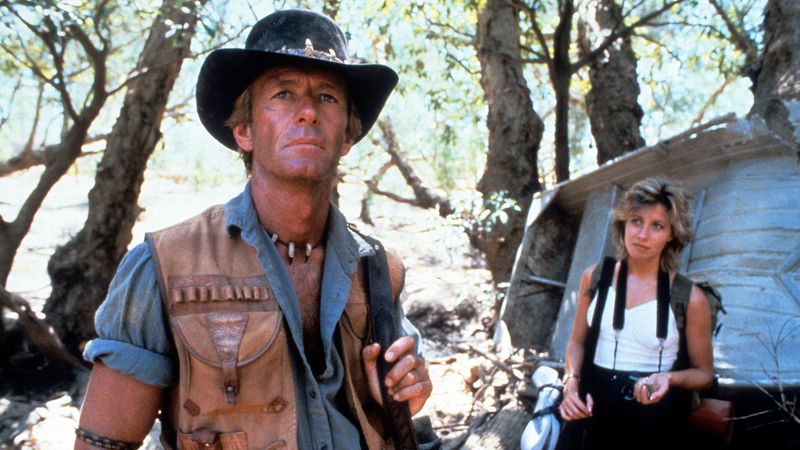
Crocodile Dundee is a comedy that explores the clash of cultures between the Australian Outback and New York City. While humorous, the film relies on stereotypes of Indigenous Australians and the portrayal of New Yorkers, often simplifying complex identities for comedic effect. The film’s approach to cultural differences, viewed through a modern lens, feels outdated and oversimplified, urging filmmakers to craft narratives that celebrate diversity rather than reduce it to simple tropes.
